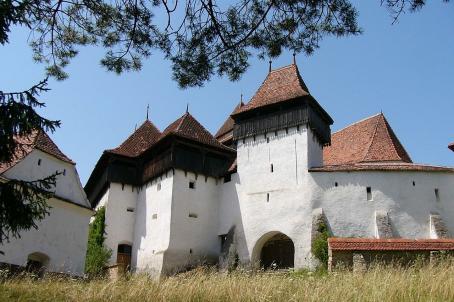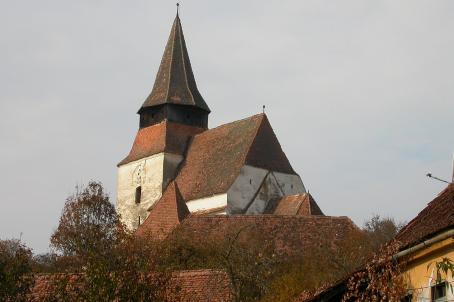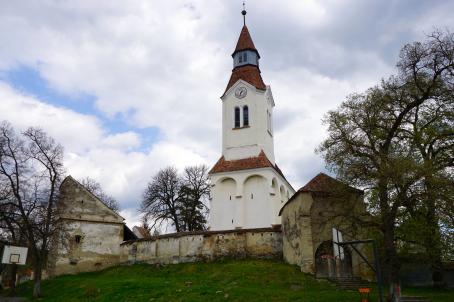Fişer Fortified Church
The hall church erected in the 15th century was fortified at the beginning of the 16th century by surrounding the precincts with an oval wall with loopholes, five defence towers and with a later added outer bailey. In the same time two defence levels were built above the chancel, only to be demolished in the 19th century and replaced by a hipped roof. A bell tower with Baroque roof replaced the medieval gate tower in 1862.
Inside the church the organ built by Samuel Maetz in 1825 can be found, as well as the 16th century pews and font. The valuable late Gothic pre-Reformation altar, which was built in the 16th century, was brought to Saint John’s Church in Sibiu.
In the 19th century the fast growing community required more space. Therefore, above the existing 17th century gallery, painted with floral typical regional patterns, another gallery was built. The later was then prolonged in the chancel, where another level was added under it.
About this building
For more information visit on this building visit https://kirchenburgen.org/en/location/schweischer-fiser/






